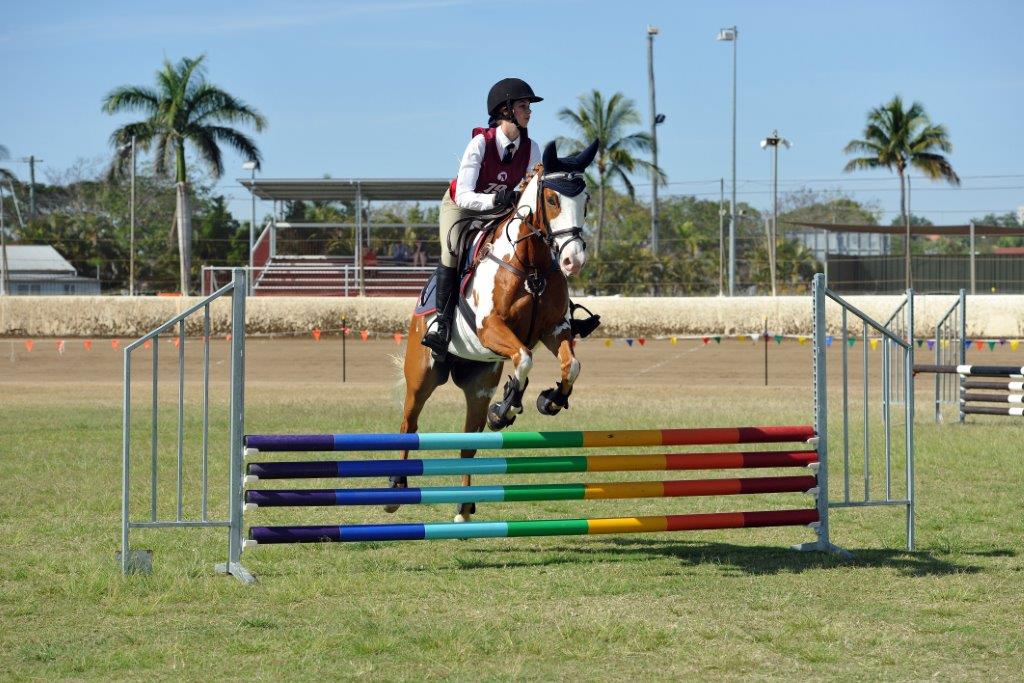Showjumping & Jumping Equitation
Showjumping is probably the best known of the equestrian disciplines, despite being a comparatively recent development in the history of men riding horses. Hunters, who raced over the flat, were thought to have formed the first competitive jumping events. As jumping became more accepted, these riders were tested over a few obstacles before the actual hunt began.
The 1900 Olympic Games in Paris included three jumping competitions, High Jump, Long Jump and Prize Jumping. The first International Horse Show was held in London in 1907 and five years later equestrian events became part of the Olympic Games, though only Army officers were permitted to ride. The Federation Equestre International (FEI) was formed in 1921 from which all show jumping rules are adapted.
In modern jumping competitions, horse and rider are tested over a course of up to 13 jumps, the objective of which is to test the combination’s skill, accuracy and training.
The aim is always to the complete the course in the designed sequence with no mistakes (producing a clear round). If riders exceed the prescribed time allowed, any part of an obstacle is knocked down, or if the horse refuses a jump, penalties are accumulated. The winner of the competition is the horse and rider combination that incurs the least number of penalties, completes the course in the fastest time, or gains the highest number of points, depending on the type of competition..

